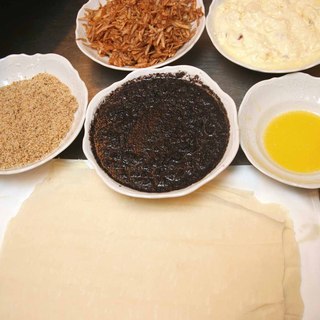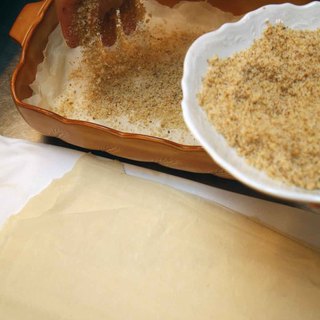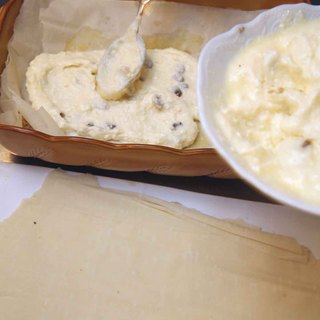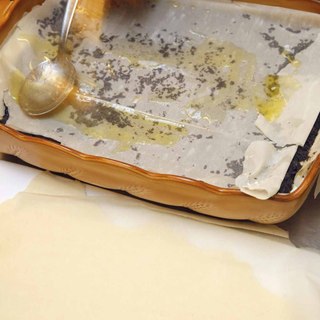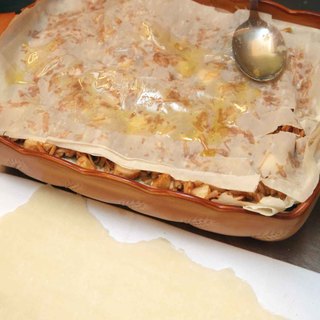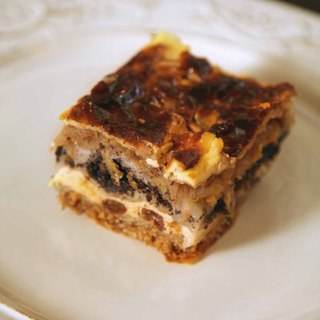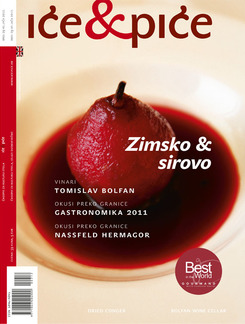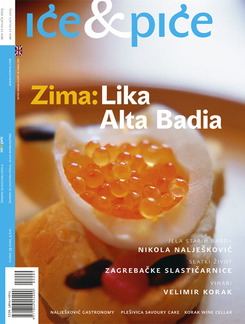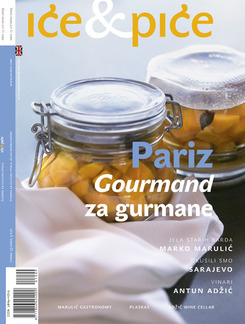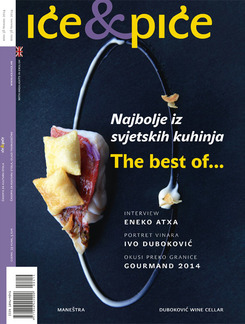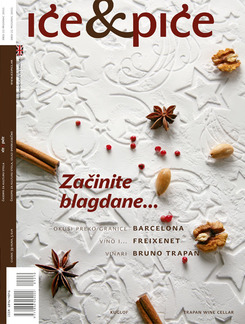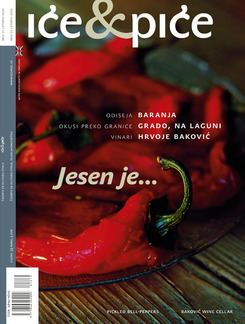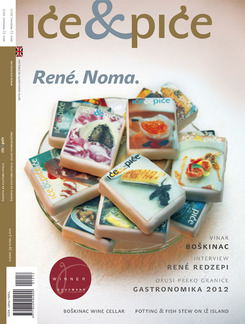Located in the far north of Croatia, alongside the borders with Slovenia and Hungary, Međimurje sometimes seems an undiscovered or somewhat forgotten area, gentle and fragrant, where you can hear legends about gold hunters, learn something about wicker basket making, know that the German anthem was composed from an old Međimurje song Stal se jesam and enjoy local homemade specialities among which the famed gibanica or (sweet) pie is in the lead.
Traditional recipes from Međimurje, irrespective of whether they are concerned with everyday dishes or those for high days and holidays tell in a particular way of the influence of foreign rulers who in the past followed rapidly upon each other’s heels in this little space. Hence there is nothing to be surprised at that in the Croatian flower garden, as Međimurje is called by some, the influences of German, Hungarian and Slovene as well as Sava valley cuisines are still to be felt. Mostly, this is all tasty and good healthy food, adapted to the time of year and the foods in season, almost always eaten with a spoon. But a step away from simple everyday life in a gourmet sense was not long since marked by rich holiday and celebration tables at which, along with an ample menu of meats, numerous old-fashioned cakes typical of the inland part of the country competed – corn cakes, zlevankas or a kind of baked soft cake, trepas (featuring apple and cream), walnut and poppy rolls and – gibanica.
Imagination can do anything
Which skilled hands for the first time mixed up the dough and filled it with seasonal or very widely available provisions is unknown today, but this kind of filled dish in various forms can be found all over the former Ottoman empire as far as central, southern and eastern Europe. Still, it can be assumed that the first, the primal gibanica as it were, was created in Hungary, and that it consisted of raw cheese and poppy. The name probably came from the word güba which roughly translated refers to the folds or creases that give the layered and characteristic appearance. But what lies between the folds depends on the imagination of the cook and the availability of provisions. Thus we know gibanicas of poppy, black cherries, cabbage, spinach, pumpkin, cheese… And it is the combinations of ingredients that have put this uncommon delicacy at the tope of several national menus. The procedure in the making of gibanica has been modernised and simplified over the course of time, but alongside the Mura and Drava rivers, not to go any further afield, there are still grannies who keep strictly to the traditional recipes and make the pastry themselves, baking the pies in wood fired stoves.
Combination of the incompatible
Međimurje pastry pie, that filling and calorie laden queen of Međimurje goodies is very likely one of the most stratified of local homemade cakes and usually consists of four or sometimes of five fillings. On the one hand the fillings are fairly predictable because irrespective of the fertile land the prudent population, well accustomed to savings, typically went for the fillings that were available all year round – poppy seed, cheese, walnuts and applies. On the other hand, many would say that this is a combination of things that are quite incompatible, but they have probably never actually tasted this national speciality of Croatian cooking, because the richness of its fragrance and its juicy taste will leave only a few unenthusiastic. And although it is not known how this precise order of ingredients was arrived at, from which this unique pudding is made, it is strictly set and almost never departed from. First on the pastry you put a mixture of milk and ground poppy and raisins, then comes a layer of pulled out pastry. In the second layer there is a mixture of soft cheese, eggs and sugar, once again covered with the pastry. The third layer is dominated by walnuts with parched wheat germ and sugar, and after one more covering there is a layer of grated apples, cinnamon and a little sugar. This sweet and satisfying structure gets a roof of pastry covered with sour or fresh cream, into which egg yolk has been mixed. But just in order for you not to miss out on a calorie or two the pie is dredged with powdered sugar before serving.
All the people who have enjoyed this filling dessert are impossible to count, but one thing is sure - from the members of the Habsburg monarch to contemporary members of the world’s diplomatic corps – they were all mighty pleased and felt full.
